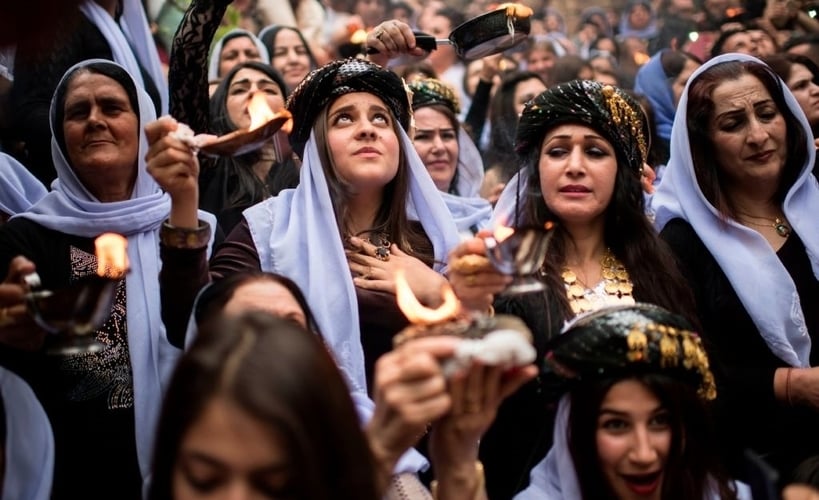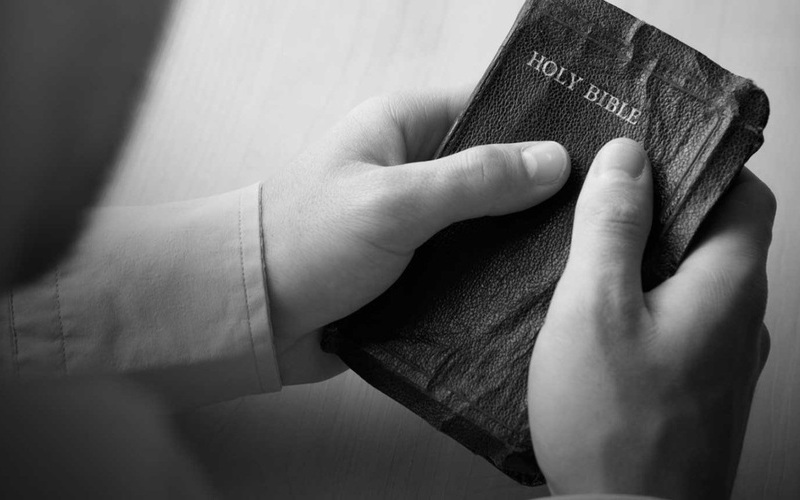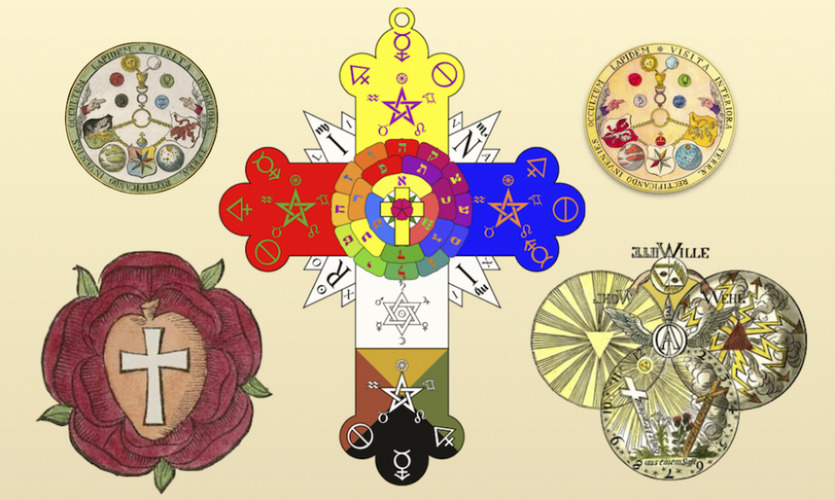Who is the Yazidi religion?
Yazidi Religion or Yazīdī, a Middle Eastern religion, is a syncretic combination of Zoroastrian, Manichaean, Jewish, Nestorian Christian, and Islamic elements. Its adherents, numbering fewer than 100,000, are found in Iraq, Turkey, Syria, Armenia, the Caucasus, and Iran. Most speak Kurdish. They believe that they were created separately from the rest of humankind and segregate themselves from the rest of society.
In Yazidi Religion, seven angels, subordinate to a supreme but uninvolved God, rule the universe. The belief that God restored the Devil to his position as chief of the angels upon the Devil’s repentance has earned the Yazīdī an undeserved reputation as Devil worshipers. Their chief saint is Sheikh ʿAdī, a 12th-century Muslim mystic. Their name derives from Yazidi I (c. 645–683), from whose supporters they may be descended.
Yazidi Religion History:
Yazīdī, also spelled Yezīdī, Azīdī, Zedī, Izadī, Êzidî, or Yazdani, member of a Kurdish religious minority found primarily in northern Iraq, southeastern Turkey, northern Syria, the Caucasus region, and parts of Iran. The Yazīdī religion includes elements of ancient Iranian religions as well as elements of Judaism, Nestorian Christianity, and Islam. Although scattered and probably numbering only between 200,000 and 1,000,000, the Yazīdīs have a well-organized society, with a chief sheikh as the supreme religious head and an emir, or prince, as the secular head.
The origins of the name Yazīdī are uncertain; some scholars have proposed that it comes from the Old Iranian yazata (divine being), while others hold that it derives from the name of the Umayyad caliph Yazīd I, who is venerated by Yazīdīs.
The origins of the Yazīdī faith can be traced to areas of the Kurdish mountains of northern Iraq where pockets of devotion to the fallen Umayyad dynasty persisted long after the death of the last Umayyad caliph, the half-Kurdish Marwan II, in 750. Some descendants of the dynasty settled in the area, further encouraging the development of mystical traditions in which the Umayyad lineage figured prominently.
In the early 12th century, Sheikh ʿAdī ibn Musāfir, a Sufi and a descendant of the Umayyads, settled in Lālish, north of Mosul, and began a Sufi order known as the ʿAdwiyyah. Although his teachings were strictly orthodox, the beliefs of his followers soon blended with local traditions. A distinct Yazīdī community living in the environs of Mosul appears in historical sources as early as the middle of the 12th century.
The geographic spread and political power of the Yazidis continued to increase in the 13th and 14th centuries, while their belief system continued to develop away from Islamic norms. By the early 15th century, surrounding Muslim rulers had begun to view them as apostates and rivals for political power, and clashes ensued. As the power of the Yazidis waned, their numbers were reduced by massacres and conversions, both voluntary and forced. The late 19th and early 20th centuries saw significant numbers flee to the Caucasus to avoid persecution. Most of the Yazīdī community in Turkey emigrated to Germany in the second half of the 20th century.
Yazidi mythology says that they were created quite separately from the rest of humankind, being descended from Adam but not from Eve, and as such, they seek to keep themselves segregated from the people among whom they live. Marriage outside the community is forbidden.

Yazidi Religion Beliefs:
The breaking of divine laws is expiated by way of metempsychosis, or transmigration of souls, which allows for the progressive purification of the spirit. Sheikh ʿAdī, the chief Yazidi saint, is believed to have achieved divinity through metempsychosis. Heaven and hell are also included in Yazīdī mythology.
In Yazidi Religion, The Yazidi belief system is highly concerned with religious purity, and so Yazidis follow a multiplicity of taboos governing aspects of daily life. A variety of foods are forbidden, as is blue clothing. The word Shayṭān (Satan) is not pronounced, and other words with a phonetic resemblance are also avoided.
Contact with outsiders is discouraged, and for that reason, Yazidis have in the past sought to avoid military service and formal education. A strict caste system is observed.
The Yazidi religious center and object of the annual pilgrimage is the tomb of Sheikh ʿAdī, in the town of Lālish, Iraq.
Yazidi Books:
Two short books in Yazidi Religion, Kitāb al-jilwah (“Book of Revelation”) and Maṣḥafrash (“Black Book”), form the sacred scriptures of the Yazīdīs. It is now widely suspected that both volumes were compiled by non-Yazidis in the 19th century and then were passed off as ancient manuscripts but that their contents do reflect authentic Yazidi oral tradition. A corpus of hymns in Kurdish is also held in great esteem.
Persecution of Yazidis:
Throughout their history, the Yazidi Religion and the Yazidi people have endured much systematic violence as they upheld their religion in the face of severe Islamic persecution and attempts to force them to convert to Islam and “Arabize” them by the Ottoman Empire and later in the 20th century by Iraq.
The belief of some followers of other monotheistic religions of the region that the Peacock Angel equates with their unredeemed evil spirit Satan has incited centuries of persecution of the Yazidis as “devil worshippers”
In post-invasion Iraq:
On 7 April 2007, a 17-year-old Iraqi of the Yazidi faith, Du’a Khalil Aswad, was stoned to death by her family. Rumours that the stoning was connected to her alleged conversion to Islam prompted reprisals against Yazidis by Sunnis, including the 2007 Mosul massacre. In August 2007, some 500 Yazidis were killed in a coordinated series of bombings in Qahtaniya that became the deadliest suicide attack since the Iraq War began.
In August 2009, at least 20 people were killed and 30 wounded in a double suicide bombing in northern Iraq, an Iraqi Interior Ministry official said. Two suicide bombers with explosive vests attacked a cafe in Sinjar, west of Mosul. In Sinjar, many townspeople are members of the Yazidi minority.
By the Islamic State of Iraq and the Levant (ISIL):
In 2014, with the territorial gains of the Salafist militant group calling itself the Islamic State of Iraq and the Levant (ISIL), there was much upheaval in the Iraqi Yazidi population. ISIL captured Sinjar in August 2014 following the withdrawal of Peshmerga troops of Masoud Barzani, forcing up to 50,000 Yazidis to flee into the nearby mountainous region. In early August the town of Sinjar was nearly deserted as Kurdish Peshmerga forces were no longer able to keep ISIL forces from advancing.
ISIL had previously declared the Yazidis to be devil worshippers. Most of the population fleeing Sinjar retreated by trekking up nearby mountains with the ultimate goal of reaching Dohuk in Iraqi Kurdistan (normally a five-hour drive by car). Concerns for the elderly and those of fragile health were expressed by the refugees, who told reporters of their lack of water. Reports coming from Sinjar stated that sick or elderly Yazidi who could not make the trek was being executed by ISIL. Yazidi parliamentarian Haji Ghandour told reporters that “In our history, we have suffered 72 massacres. We are worried Sinjar could be a 73rd
UN groups say at least 40,000 members of the Yazidi sect, many of them women and children, took refuge in nine locations on Mount Sinjar, a craggy, 1,400 m (4,600 ft) high ridge identified in local legend as the final resting place of Noah’s Ark, facing slaughter at the hands of jihadists surrounding them below if they fled, or death by dehydration if they stayed. Between 20,000 and 30,000 Yazidis, most of them women and children, besieged by ISIL, escaped from the mountain after the People’s Protection Units (YPG) and Kurdistan Workers’ Party (PKK) intervened to stop ISIL and opened a humanitarian corridor for them, helping them cross the Tigris into Rojava. Some Yazidis were later escorted back to Iraqi Kurdistan by Peshmerga and YPG forces, Kurdish officials have said.
Captured women are treated as sex slaves or spoils of war, some are driven to suicide. Women and girls who convert to Islam are sold as brides, those who refuse to convert are tortured, raped, and eventually murdered. Babies born in the prison where the women are held are taken from their mothers to an unknown fate. Nadia Murad, a Yazidi human rights activist, and 2018 Nobel Peace Prize winner, was kidnapped and used as a sex slave by the ISIL in 2014. In October 2014, the United Nations reported that more than 5,000 Yazidis had been murdered and 5,000 to 7,000 (mostly women and children) had been abducted by ISIL.
ISIS has, in their digital magazine Dabiq, explicitly claimed religious justification for enslaving Yazidi women. In December 2014, Amnesty International published a report. Despite the oppression Yazidis’ women have sustained, they have appeared on the news as examples of retaliation. They have received training and taken positions at the frontlines of the fighting, making up about a third of the Kurd–Yazidi coalition forces, and have distinguished themselves as soldiers.
World Religions
Read also:
Top Extremely Weird Religions in the World you’ve never heard of!!
Encratites | Definition, Founder, History and Beliefs
Mandaeism Religion | Books, Founder, Beliefs &More.
Yarsani Religion | History, beliefs, rituals, holy book &More
Ahmadiyah adalah | Founder, Beliefs, Thoughts and The Spread



